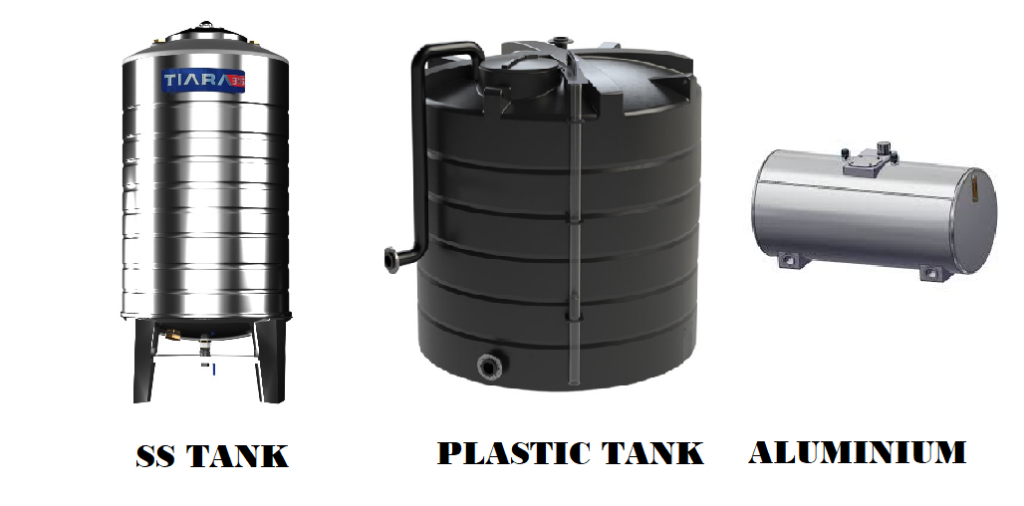
When it comes to storing water, choosing the right material is crucial for ensuring hygiene, durability, and safety. Among the various options available, stainless steel stands out for its exceptional properties, but other materials, such as plastic, glass, and aluminum, have their own advantages and disadvantages. Let’s delve into the pros and cons of stainless steel and compare it to other water storage materials.
Stainless Steel: Durable and Hygienic
Of course! Please provide the text you’d like me to rewrite to ensure it’s plagiarism-free. Unlike other materials, it doesn’t rust, making it ideal for long-term water storage. Its non-porous surface prevents bacterial buildup, ensuring that the stored water remains clean and safe. Additionally, stainless steel is eco-friendly as it is fully recyclable, reducing its environmental impact.
While stainless steel is an excellent choice, it is relatively expensive compared to other materials. This higher initial cost may deter some consumers, but its longevity often offsets the investment.
Plastic: Lightweight but Questionable
Plastic containers are widely used for water storage due to their affordability and lightweight nature. They are easy to transport and available in various sizes and designs. However, plastic has some significant drawbacks. Over time, chemicals from certain types of plastic may leach into the water, potentially affecting taste and safety. Single-use plastics are also environmentally damaging, contributing to pollution and waste.
Glass: Pure and Elegant
Glass is a popular choice for storing water, especially for indoor use. It is non-reactive and doesn’t alter the taste or quality of the water. Moreover, glass containers are aesthetically pleasing and easy to clean. However, they are fragile and prone to breaking, which makes them less practical for outdoor or large-scale storage. Glass is also heavier than stainless steel and plastic, which can limit its usability.
Aluminum: Lightweight but Prone to Corrosion
Aluminum is another option for water storage. It is lightweight and relatively affordable, making it suitable for portable containers. However, aluminum lacks the durability of stainless steel and is prone to corrosion, especially if exposed to acidic or alkaline substances. While anodized aluminum offers improved resistance to corrosion, it doesn’t match the longevity of stainless steel.
Conclusion
When choosing a water storage material, consider factors like durability, hygiene, environmental impact, and cost. Stainless steel is often the most reliable choice for long-term use, combining durability and safety, but alternatives like glass and plastic may be suitable for specific needs. By understanding the strengths and weaknesses of each material, you can make an informed decision that suits your requirements.


